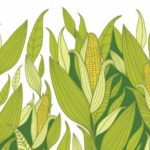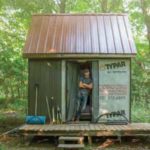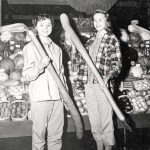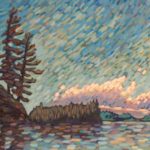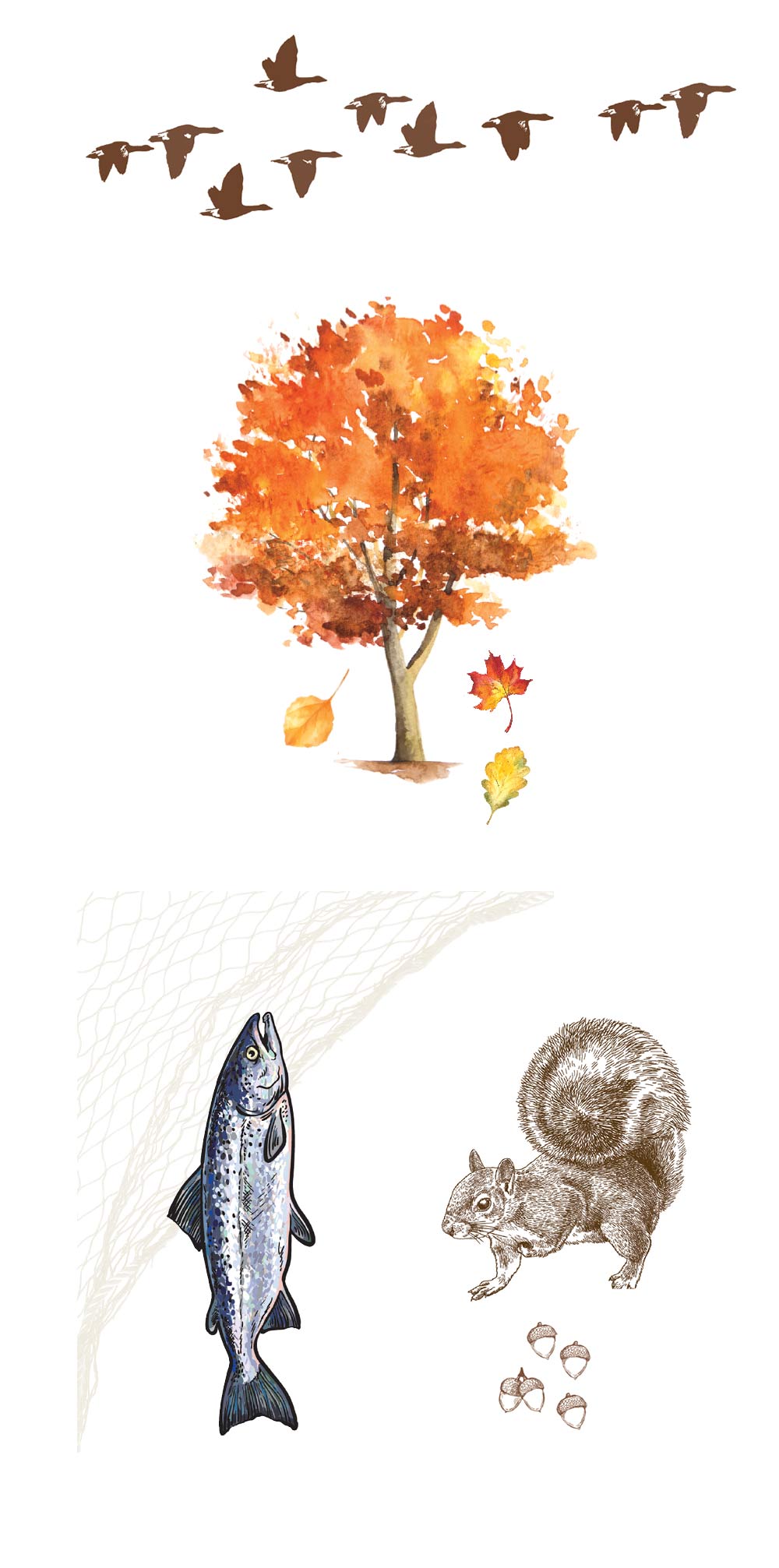
After the blasting heat and general wackiness of the summer of 2020, fall comes as a relief. Time to get out and reflect on our relationship with nature’s eternal rhythms.
Autumn Leaves
Every fall, Mother Nature puts on a spectacular show of colour. Behind the scenes, she has a team of chemicals working around the clock to orchestrate her brilliant performance.
Chlorophyll is a key chemical in the engine that gives life to the world, enabling photosynthesis to turn the sun’s light into energy. Chlorophyll, as we all know, gives plants their green colour during the warm season when they are creating and storing energy as fast as they can. When the cold shuts down photosynthesis, chlorophyll takes a back seat as other chemicals in the leaves of deciduous trees show their true colours. These chemicals include carotenoids – which colour carrots, pumpkin rinds, daffodils and banana peels – and anthocyanins – which contribute the red and purple hues you see in blueberries, cherries, apples, grapes and plums.
Carotenoids tend to be present in all fall weather conditions, but if you’re looking for extra vivid colours, hope for warm sunny days and crisp nights, conditions that encourage those deep anthocyanin tones.
So, if losing leaves is such a good idea, why don’t all trees do it? Deciduous trees such as maples and oaks drop their leaves to conserve energy and survive the winter months. Evergreen coniferous trees employ a different strategy, equipping their needles with a wax coating and anti-freeze chemicals that protect them from the cold.
Fall Flocks
Some folks gripe about Canada geese, particularly when they produce prodigious amounts of park-fowling poo. Complain as we might, wouldn’t we miss the grand sight of their migrations in the fall, when they gather and fly in long V-shaped flocks, inspiring those of a certain age to hum their favourite Neil Young song?
We tend to think of all Canada geese as one type of bird, and many would assume they’ve always been here in the numbers we see today. In fact, ornithologists have identified seven subspecies of the Canada goose, which in the early 1900s was threatened by habitat loss and overhunting. One subspecies, the giant Canada goose – which can weigh up to 10 kilograms – was considered extinct until a small flock was found in Minnesota in the early 1960s.
Most Canada geese are migratory, and this time of year they can be seen gathering and flying in formation towards their wintering grounds in the southern United States and northern Mexico. Their presence today, estimated at a total North American population of four to five million, is a testament to both the success of conservation efforts and the bird’s ability to adapt to urban environments, where they face few natural predators and can nibble on many acres of lush, human-provided lawn.
Squirrel Nutkin
During the late summer and fall, the eastern grey squirrel, the species we see most often in backyards and parks, busily prepares for the cold winter months by gathering and storing food – seeds, nuts, acorns, tree buds, berries, leaves, parts of pine cones – in an activity known as “scatter hoarding.”
The terminology may make the squirrels’ behaviour sound random, but in fact there’s a good deal of method to all this nuttiness. The hoards are usually located close to their winter den, buried in caches about an inch underground. Squirrels are known to crack nuts to keep them from germinating (and therefore being spoiled as food), and they will even practice what biologists call “deceptive caching” – pretending to bury an acorn in one cache before running off to store it in another.
Researchers of the eastern fox squirrel, a south-of-the-border species similar to our eastern grey, have also determined their subjects sort and bury their nuts according to size, type, and perhaps even nutritional value and taste. The theory is that they do this to save the time and energy required for survival during the winter.
Not so nutty after all, eh?
Fish on the Net
Stroll down McKibbon street to Corbett’s dam in Port Hope on a fall day, and you’ll see coho, chinook, and possibly even Atlantic salmon jumping into the opening of the fishway as they make their way upstream to spawn in the tributaries of the Ganaraska River.
This is a remarkable phenomenon on many levels. Ganaraska Region Conservation Authority watershed biologist Lindsay Champagne points out that most of the coho and chinook salmon, introduced from the Pacific, are not hatchery origin fish but were born in the river and survive to return from Lake Ontario as adults. “It is believed that significant natural reproduction is occurring, and [the Ganaraska River] is one of the dominant producers of wild chinook salmon on the north shore of Lake Ontario.”
Each fall, beginning in September, nearly 9,000 chinook and 1,500 coho make their way upstream to spawn and die, providing their nutrients to the river and forest ecosystem that supports their life cycle. Joining them in recent years have been Atlantic salmon, native to Lake Ontario but wiped out from the region in the early 1900s. Thanks to the efforts of the Lake Ontario Atlantic Salmon Restoration Program, the fish have been slowly returning to the Ganaraska River. In 2019, twenty of them were observed in the fishway.
A trip to Corbett’s Dam makes a nice outing in normal times. However, this is 2020 so in light of COVID-19 you may wish to see the salmon virtually, through an underwater camera that has been installed in the fishway. The link for that website is: www.riverwatcherdaily.is/Migration. Select Ganaraska River, Ontario, under the RIVERS tab.
Watch in awe.
Story by:
Norm Wagenaar
